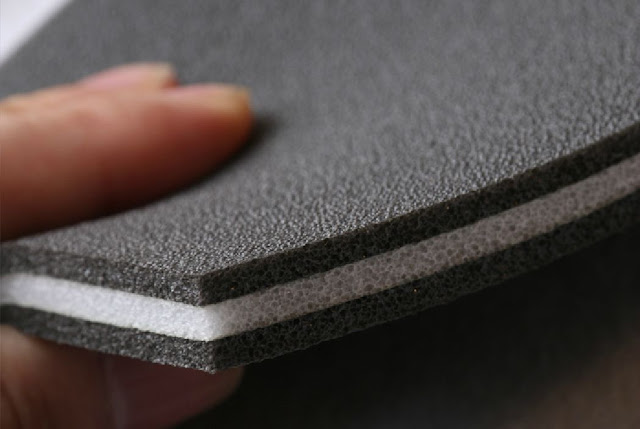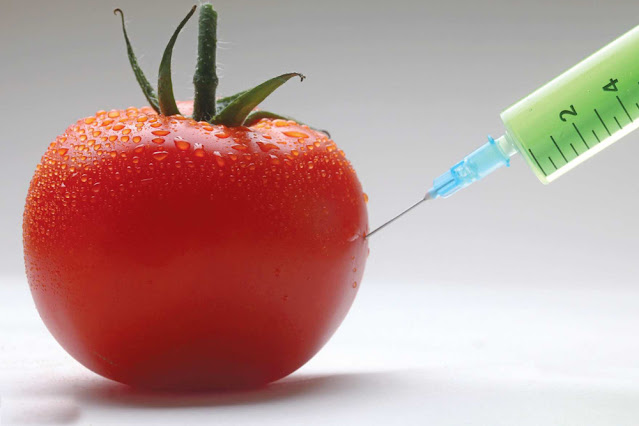Building Resilience: Exploring the Dynamics of the Technical Insulation Market
 |
| Technical Insulation Market |
The Technical Insulation Market encompasses the sector
focused on providing insulation solutions for various technical applications.
These applications range from thermal insulation in industrial processes and
HVAC systems to insulation for pipelines, equipment, and buildings. The primary
objective of technical insulation is to control temperatures, reduce heat loss
or gain, prevent condensation, and enhance energy efficiency. This market
serves industries such as construction, manufacturing, energy, and
transportation, offering a diverse range of insulation materials and solutions
tailored to specific technical requirements.
The technical insulation market is estimated to be valued at
USD 10.9 Bn in 2024 and is expected to reach USD 16.17 Bn by 2031, growing at a compound annual growth rate CAGR of 5.8% from 2024 to 2031.
Key Players
Key players operating in the Technical Insulation Market are Zotefoams Plc, Owens Corning, Kingspan Group Plc, Rockwool International A/S, Recticel NV/SA, Morgan Advanced Materials plc, Armacell International S.A., Aspen Aerogels, Inc., Knauf Insulation, Saint-Gobain, Palziv Inc., Neo Thermal Insulation (India) Pvt. Ltd., NMC Insulation, Armacell, Mayplas, and Proteus Waterproofing Limited.
Market Key
Trends
Several key trends are shaping the Technical Insulation
Market. One notable trend is the increasing demand for sustainable and
eco-friendly insulation materials. As environmental concerns rise, industries
and consumers are prioritizing insulation solutions that offer high performance
while minimizing environmental impact. This trend is driving innovation in
insulation materials derived from recycled content, bio-based sources, and
energy-efficient manufacturing processes. Additionally, there is a growing
emphasis on digitalization and smart insulation systems that offer real-time
monitoring, energy optimization, and predictive maintenance capabilities.
Porter
Analysis
A Porter's Five Forces analysis provides insights into the
competitive landscape of the Technical Insulation Market. The threat of new
entrants is relatively low due to high entry barriers such as technological
expertise, regulatory compliance, and capital requirements for R&D and
production facilities. Suppliers of raw materials and insulation technologies
hold significant bargaining power, impacting product pricing and availability.
Buyers in the market, including industries and construction companies, have
moderate bargaining power influenced by factors such as project scale,
technical specifications, and cost considerations. The threat of substitutes is
moderate, with alternative insulation materials and systems competing based on
performance, cost-effectiveness, and environmental considerations. Competitive
rivalry among existing players is intense, driving innovation, product
differentiation, and market consolidation strategies.
Geographical
Regions
The Technical Insulation Market exhibits regional diversity
in terms of demand, market dynamics, and growth opportunities. North America
and Europe are mature markets with a strong emphasis on energy efficiency,
sustainable construction practices, and regulatory compliance. These regions
witness steady demand for advanced technical insulation solutions driven by
industrial growth, infrastructure development, and retrofitting projects. Asia
Pacific emerges as a significant growth region, fueled by rapid urbanization,
increasing construction activities, and government initiatives promoting energy
conservation and green building standards. Other regions such as Latin America,
the Middle East, and Africa show potential for market expansion, driven by
investments in infrastructure, industrialization, and adoption of
energy-efficient technologies.
Segment
Analysis
The Technical Insulation Market can be segmented based on
insulation materials, applications, end-users, and regions. Insulation
materials include fiberglass, mineral wool, foam plastics, aerogels, and
others, each offering specific thermal and acoustic properties suited for
different applications. Applications range from thermal insulation in HVAC
systems and industrial processes to cryogenic insulation for LNG pipelines and
acoustic insulation in buildings. End-users span industries such as
construction, oil and gas, manufacturing, automotive, aerospace, and marine,
each requiring tailored insulation solutions. Regional segmentation considers
market demand, regulatory landscape, economic factors, and growth potential in
key geographical areas, influencing market strategies and product offerings.
The Technical Insulation Market is driven by evolving trends,
competitive forces, regional dynamics, and segment-specific demands. Adapting
to key trends such as sustainability, digitalization, and smart insulation
solutions is crucial for industry players to remain competitive and capture
market opportunities. Understanding the market landscape, conducting thorough
analyses, and adopting strategic approaches are essential for stakeholders
navigating the dynamic and competitive Technical Insulation Market.



Comments
Post a Comment